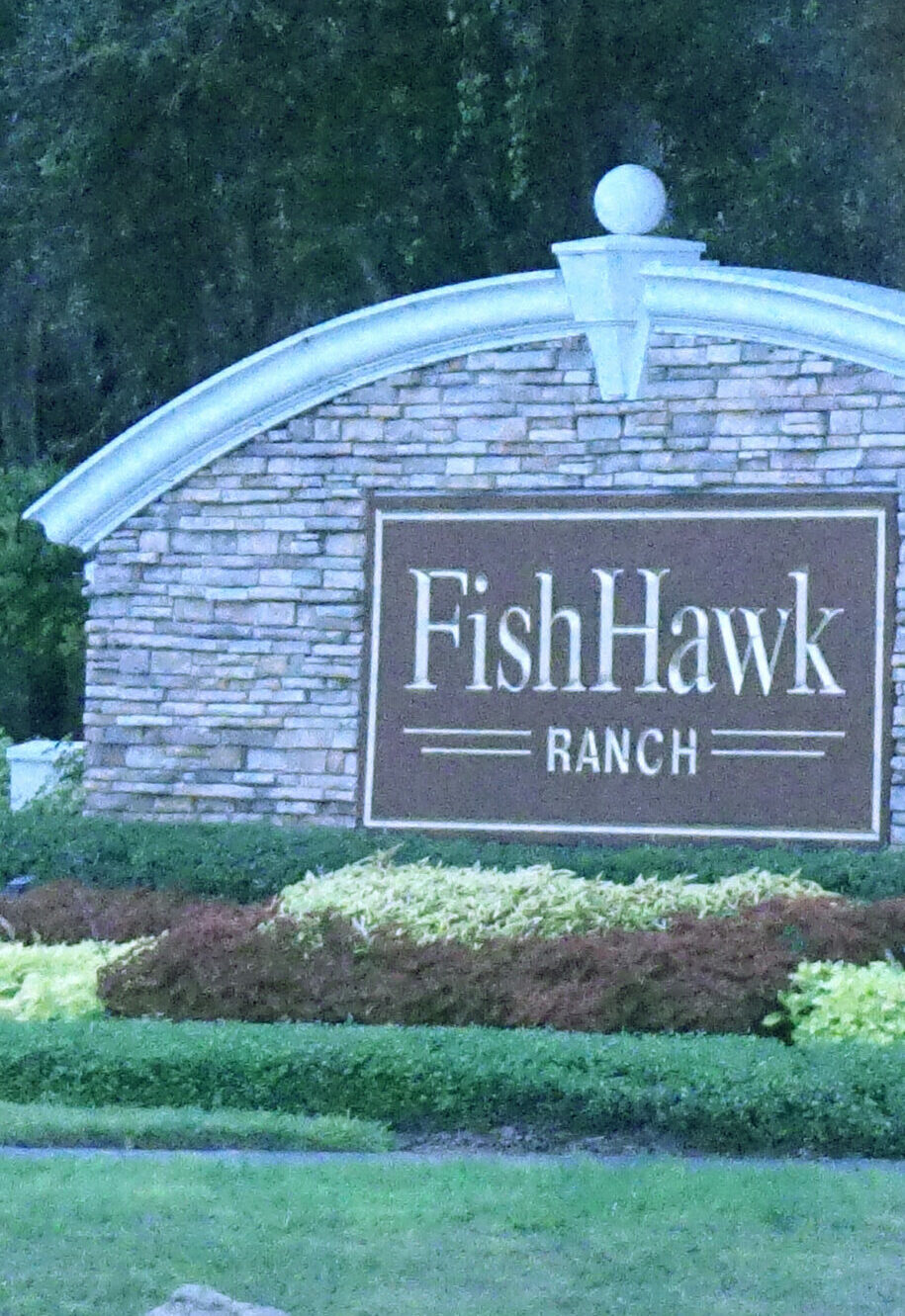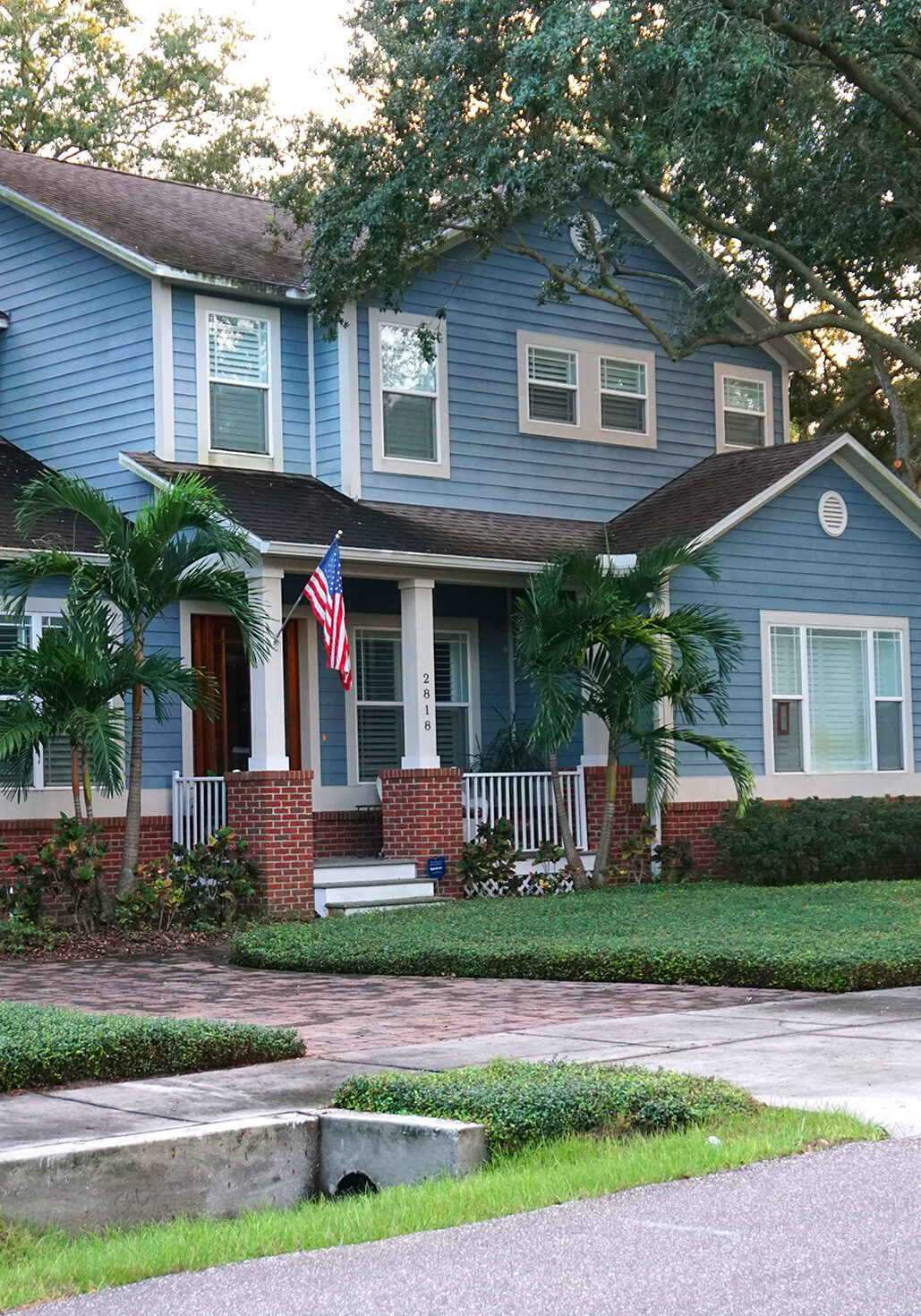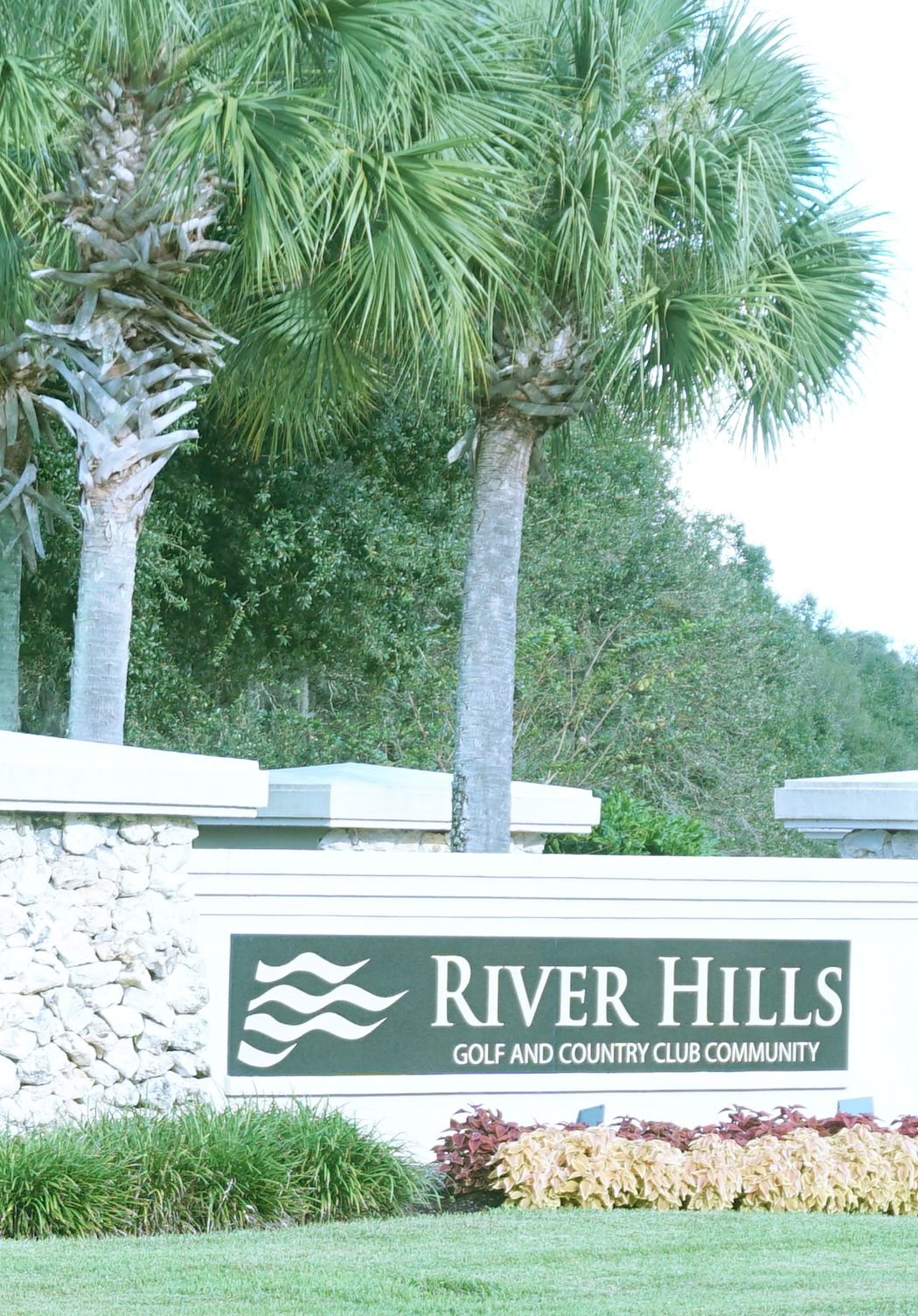MacDill Air Force Base
About MacDill Air Force base
We all dream of moving to a place where we can live like we’re on vacation all year round – embracing your inner beach bum, enjoying friendly neighbors, and soaking up some first-class entertainment, whether that means arts, culture, or a round of golf. For those lucky enough to get an assignment to MacDill Air Force Base, that’s exactly what awaits!
MacDill is located four miles southwest of Tampa, Florida. It is home to the United States Air Force’s 6th Air Mobility Wing, United States Central Command (USCENTCOM), United States Special Operations Command (USSOCOM), United States Marine Forces Central Command (USMARCENT), United States Special Operations Command Center (USSOCCENT), the 927th Air Refueling Wing of the Air Force Reserve, as well as many support entities such as the 6th Medical Group.
MacDill has a long history as an aviation training facility. First established in 1941 as Southeast Air Base, Tampa, it was renamed MacDill Field in honor of World War I aviator Colonel Leslie MacDill. Shortly after the creation of the Air Force in 1947, MacDill was again renamed MacDill Air Force Base. During World War II, 50,000 to 120,000 Airmen were trained at MacDill, and nine out of twelve combat groups flying B-26 “Marauders” in Europe were trained at MacDill. Those trained at MacDill had the lowest loss rate of any Allied bombers.
MacDill has remained an active aviation base for most of its history. The runway was closed briefly in the early-to-mid-1990s due to base realignment measures. However, its aviation mission importance was quickly recognized after the runway shut down, and it is now home to KC-135s and C-37As and 3,000 professional Airmen. With all the various entities that call MacDill home, the base employs about 15,000 people and is a significant contributor to the economy in Tampa. Due to its current mission, active duty members may see longer hours than at other bases.
For military families PCSing to the area, schools and commute times (and costs) are numbered as the top two considerations when deciding where to live. Those who choose to live on base rank commute time as the number one reason they made that decision, while those who live off base list school options as their number one deciding factor. While some prefer to live on base in the privatized military housing available, many choose to live off base to access more desirable schools.
Tampa has much to offer, whether you live on or off base. A city rich with culture and all the conveniences of a big city, combined with a mild climate and casual atmosphere, makes a tour at MacDill a welcome location for many. Plus, being only an hour from Disney World and Universal Studios means you can sneak in a visit whenever you want, or you can relax on the beach and let the sun and the surf carry your troubles away.
Tampa, Florida, is a city rich in history yet with a pulse in the modern day. Roughly 380,000 people call this city by the bay home. Bordered by two bodies of water, the Old Tampa Bay and the Hillsborough Bay, Tampa enjoys a flat terrain (the highest point is 48 feet above sea level) with the picturesque Hillsborough River flowing through downtown. Its proximity to the water and its geographic location in central Florida give Tampa a humid, subtropical climate with average year-round highs between 70 and 90 degrees (°F) and lows from 52 to 76 degrees (°F).
Although its location might suggest a propensity toward tropical storms and hurricanes, Tampa has rarely suffered significant effects from big storms. However, due to climate change, a rapidly growing population, and developmental growth, many experts consider the Tampa Bay area one of the world's most vulnerable regions.
Tampa has long been a populated area. Thousands of years ago, indigenous peoples called the Tampa Bay area home. The arrival of Spanish explorers resulted in a decreased indigenous population; the area was largely left alone until the United States purchased Florida from Spain in 1821. At that time, a U.S. military post was established in the present-day downtown area. The population remained largely unchanged until the late 1880s when phosphate was discovered south of the city. To this day, Tampa Bay remains a major phosphate exporter.
In addition to phosphate, cigars and the railroad put Tampa on the map. At one time, Tampa was known as the "Cigar Capital of the World." In 1904, a group of local businessmen staged the first Gasparilla Pirate Festival in honor of the local mythical pirate José Gaspar. The festival included a mock pirate invasion, which is still re-enacted each year in late January or early February. Today, Tampa's skyline is filled with skyscrapers, and much of its architecture can be described as post-modern.
Tampa offers a variety of different neighborhoods with a little something for everyone. Whether you want to live downtown near the city's pulse, in quaint towns, or family-friendly areas, you can find it in Tampa. With museums, historical sites, three professional sports teams, several colleges and universities, and attractions such as Busch Gardens and Lowry Park, Tampa offers an endless supply of activities for all ages that are enjoyed year-round.
You can take a quick trip to see the world's most famous mouse or wizard—they're both only an hour away—or enjoy watersports and the beach just a short drive from home. Lastly, any discussion of Tampa must mention its nonhuman residents: the alligators. Alligators are prevalent throughout the city, especially near water. Tampa is an ecologically minded city, and its reptilian residents are afforded an expectation of peaceful coexistence. With this in mind, please be vigilant when enjoying the many outdoor activities available and always obey all posted notices.
Looking at relocating?
Enter your information below and we will reach out to help the process.
Nearby Neighborhoods
Tampa Bay is home to some beautiful neighborhoods full of exciting opportunities, whether you live on or off the installation. Many military families choose to live off base, but commute times can be up to one hour long and most likely involve tolls or travel expenses above and beyond the cost of gas. While MacDill AFB is a significant employer in the Tampa Bay area, it is not the largest one; some communities may or may not understand and offer amenities that cater to the military lifestyle. Some schools have great military-centric programs but don't expect it to be the norm.
Whatever environment you are looking for can be found in the greater Tampa Bay area. Most area neighborhoods are designed to enhance family opportunities and create a warm sense of community involvement. Many military families clamor to get into the privatized housing on the installation, but the wait list is often extensive! Military families' most popular off-base neighborhoods are roughly 25 to 30 miles from MacDill.
Popular Neighborhoods
- Base Housing
- FishHawk Ranch, Lithia
- Bayshore/Ballast Point, South Tampa
- River Hills/Twin Lakes, Valrico
Nearby Attractions
- Tampa Riverwalk
- Big Cat Rescue
- The Florida Aquarium
- Busch Gardens
Base Housing
MacDill offers privatized military housing for those stationed there. Housing is usually full, and it’s common to find yourself on a waiting list. The commute time for service members who live on base is the only commute option guaranteed not to involve additional expense in tolls or public transportation costs. At this time, MacDill does not offer transportation reimbursement for those who choose to live off base. Hillsborough County Public Schools operates Tinker Elementary School on base to serve the base housing areas. Buses are available for older children zoned for Monroe Middle School and Robinson High School.
Big Plus
- Living on base means a short commute with no additional costs
- Base amenities and activities will be within close proximity
- Renovated, newer housing is available
Things to Consider
- Shopping and dining opportunities are farther away, which is a consideration when deciding to live on base
- Spouses who work off the installation will face commutes
- Wait lists for housing can be prohibitively long
FishHawk Ranch, Lithia

FishHawk Ranch is a planned community 30 miles east of MacDill. Designed to offer families everything they need in a neighborhood, FishHawk is filled with reputable schools, resort-style pools, a lake house, and numerous trails and parks. There are also shopping and dining opportunities galore. If you opt to live in FishHawk, you may find little reason to venture onto base unless necessary. This family-friendly town is designed to be navigated by bike or foot, resulting in easy access to all amenities. FishHawk Ranch is conveniently located near I-75, and the HART Commuter Express Bus also has stops nearby and runs several times a day to and from MacDill.
FishHawk is a sought-after community, and real estate prices reflect that fact. It can be hard to find a home as they don’t stay on the market very long, and rentals move extremely quickly. If you want to live in FishHawk, contact a real estate agent to begin the housing search before you PCS, especially if you are looking to rent.
Big Plus
- FishHawk boasts some very reputable schools, according to the military spouses we spoke to
- This family-friendly town has a significant military family population.
- Convenient shopping and dining opportunities abound
- Residents have easy access to the HART Commuter Express Bus, I-75, and Tampa-area attractions
Things to Consider
- Living here will come with long commute times (up to one hour, one way) and additional costs.
- The real estate in this area is more expensive.
- Lithia isn’t a military-specific town, so residents and schools may not understand the military lifestyle
BayShore/Ballast Point, South Tampa

Set on a Civil War battlefield site, Bay Shore and Ballast Point are two popular neighborhoods in the South Tampa area. Located north of MacDill and west of Hillsborough Bay, they offer a quiet, historic, scenic side of the Tampa Bay area. Ballast Point, in particular, is considered the “hidden gem” of Tampa, with more affordable housing and resident-friendly street configurations.
These neighborhoods are family-friendly, with desirable schools, plenty of open spaces, and a fantastic view of the Tampa skyline from Ballast Point Park. While Bay Shore and Ballast Point are in an older, more established part of the area, new development is happening faster than in other parts of the city.
Big Plus
- These neighborhoods afford residents a reasonable commute to MacDill (approximately 30 to 40 minutes)
- Home to multiple parks, including one located right on the water (Ballast Point), this area is quite family-friendly.
- Desirable schools are a big reason military families choose to live here
- The homes in this area are more affordable and hold their value well
- A historic neighborhood feel abounds in this region
Things to Consider
- There aren’t as many shopping and dining opportunities in this area
- There are many schools within the area, so we suggest verifying the assigned schools directly with the district and researching your options
- New development brings with it construction noise and inconvenience
- Commute costs are a factor when choosing to live in this part of Tampa
River Hills/Twin Lakes, Valrico

Valrico is another community east of MacDill steeped in tradition and history. Once the scene of numerous cotton plantations, Valrico has since grown up to be an area that offers slightly older homes and a quieter feel than its neighbor Lithia. Bordered by Brandon to the west, Bloomingdale to the southwest, and FishHawk to the south, the Valrico area, offers proximity to shopping and dining and is close to State Highway 60. Beautiful public lands such as Lake Michaela and Zeina Park offer stunning scenery and outdoor activities.
Commute times to MacDill are, you guessed it, long—averaging 35 to 65 minutes—and involve tolls. Florida Department of Transportation and the Tampa Bay Area Regional Transportation Authority offers commuter resources and programs that might be useful when considering your options.
While schools overall have a good reputation, do your research. Overcrowding alters the clear-cut zoning boundaries, and you’ll want to double-check which school your child will attend. This area also has many magnet and charter schools, which are great options to consider if the traditional schools aren’t doing it for you. Transportation is your responsibility should your child attend one of these specialized schools. Remember that 82% of residents own their homes, so if you want to rent, this area may be highly competitive.
Big Plus
- Magnet schools are nearby
- Neighborhoods have an established feel
- Nearby Tampa-area attractions provide lots of recreation and entertainment opportunities.
- Overall, the area has desirable schools and is family-friendly.
- The availability of larger, more reasonably priced homes offers more bang for your buck.
Things to Consider
- The commute to MacDill is long and involves tolls.
- School boundaries can make a big difference, so do your research.
- Real estate may not be as varied as in other neighborhoods
- Schools do not necessarily offer any military-transition programs for students
7 Reasons You Should Consider Buying a Home
1. TAX ADVANTAGES
To encourage homeownership, the IRS has provided many tax breaks for owning a home. Credits may be available for specific home improvements, such as using clean energy or for qualified first-time home buyers. The way most homeowners see those advantages is through income tax itemization and deductions like mortgage interest and real estate taxes.
2. STABALIZE MONTHLY HOME COSTS
Owning your own house is one of the safest bets on stabilizing your monthly home costs. There’s no worry of rent getting increased significantly after each year of living in someone else’s home. Additionally, when you answer to yourself, there is no worry of landlord changes or unexpected lease termination.
3. HOUSE HACKING
Generally speaking, house hacking is a smart strategy that involves renting out a portion of your primary residence as a means of generating income to offset your own living expenses. Think turning your finished basement or mother-in-law quarters into an AirBnB! Or consider purchasing a multi-unit duplex or triplex: live on one side and rent out the other! If your home making money while you’re living in it doesn’t sound like your thing, there’s always renting it out after you PCS as an income generating investment property.
4. Increased Privacy
Generally speaking, house hacking is a smart strategy that involves renting out a portion of your primary residence as a means of generating income to offset your own living expenses. Think turning your finished basement or mother-in-law quarters into an AirBnB! Or consider purchasing a multi-unit duplex or triplex: live on one side and rent out the other! If your home making money while you’re living in it doesn’t sound like your thing, there’s always renting it out after you PCS as an income generating investment property.
5. Pets Are Welcome!
For those who choose to rent instead of buying, it can be extremely difficult to find rentals who allow for your
four-legged, furry friends. Landlords often require hefty pet deposits or place heavy restrictions on the number of pets and breeds they allow—if they will even allow pets. When considering quality of life, including beloved pets and the indoor and outdoor space available to them matters. Having the flexibility to include ALL members of your family as a homeowner is priceless!
6. Pride of Ownership
One of the greatest benefits of owning your own home is the pride of ownership that comes along with it. Not only are homeowners more inclined to take good care of their investment with routine maintenance and cleaning, but also they are free to make design choices ranging from hanging artwork on the walls, to paint colors, to customization of closets, electronics, and more. As military families who relocate frequently, having your home reflect who you really are feels important.
7. Safe and Stable Long Term Investment + Forced Savings
Owning a home has historically been one of the safest, lowest risk financial investments that tends to have long-term stability and success. As your home value appreciates and your mortgage balance decreases, what’s left is growing equity with an eventual paid off home. Making a monthly house payment is akin to setting aside a specific amount each month into a savings account—it’s a little difficult to access in the moment, but over time it can build into something significant in the form of equity.

FIVE RESOURCES TO HELP YOU IN YOUR RELOCATION PROCESS

Your PCS is underway!
The home buying and moving transition process has begun. Now what? If it feels like there are a million things to do, don’t fret because you don’t have to do them all yourself. During the relocation process, there are many service providers that can assist you in making your move a smooth one.
Consider these five resources to help you in the process
1. MOVING COMPANIES
Sure, the military offers transportation and relocation services, but many service members decide to coordinate the transfer of household goods themselves. Not only can you often earn money on the difference between moving costs and weight allowances, but you can be assured that you have more control over your belongings. Services that moving companies offer can range from delivery of boxes and pods for the “you-pack” model all the way to full-service logistics companies that will do all of the packing, loading, driving, and unpacking for you.
2. STORAGE
Whether you need to store your household goods for a few weeks until you close on your home or you decide that you have more stuff than square footage, storage companies abound. Sizes, conditions, and contracts vary widely so be sure to do your homework before you commit. Particularly in climates with extreme cold, heat, or humidity, it is important to consider using only climate-controlled storage to ensure the protection of your furniture and temporarily unused items.
3. TEMPORARY HOUSING
It is not uncommon for there to be a short gap of time during a military move between when you arrive at your new duty station and your new home being available to inhabit. No longer are hotels the only option for sticking out a few days or weeks during the wait. Vacation Rentals by Owner (VRBO) and Airbnb are great options to make you feel more at home while you wait for your home. In fact, why not take advantage of seeing your new city through the eyes of a tourist? Find a location near new local attractions and dining and enjoy a few days of getting to know the lay of the land.
4. USPS/IRS
Once you get settled in at your new home, it’s important that you alert agencies that will make sure your current and up-to-date address is on file. The United States Postal Service (USPS) and the Internal Revenue Service (IRS) are two of the most important and by doing so, any important mail or documents in your name should be forwarded or sent along to your new address. It’s also a good idea to notify banks, credit card companies, and other debt collectors of a change of address. These days nearly all of these transactions can be handled online.
5. DISCARD & DONATE SERVICES
No matter how much you purge, toss, organize, minimize, or donate before you pack up the moving truck, it never fails that after you get unpacked on the other side there seems to be more stuff to declutter. Discard and donate services can help with this. Many are a phone call away and will happily come to your residence for a pickup. Others are structured where you simply drop off at a store. A lot of these services are charitable organizations and will offer you documentation for your own taxes based on your donation. It’s a win-win: you downsize by donating, and someone else benefits from your use of your items.

